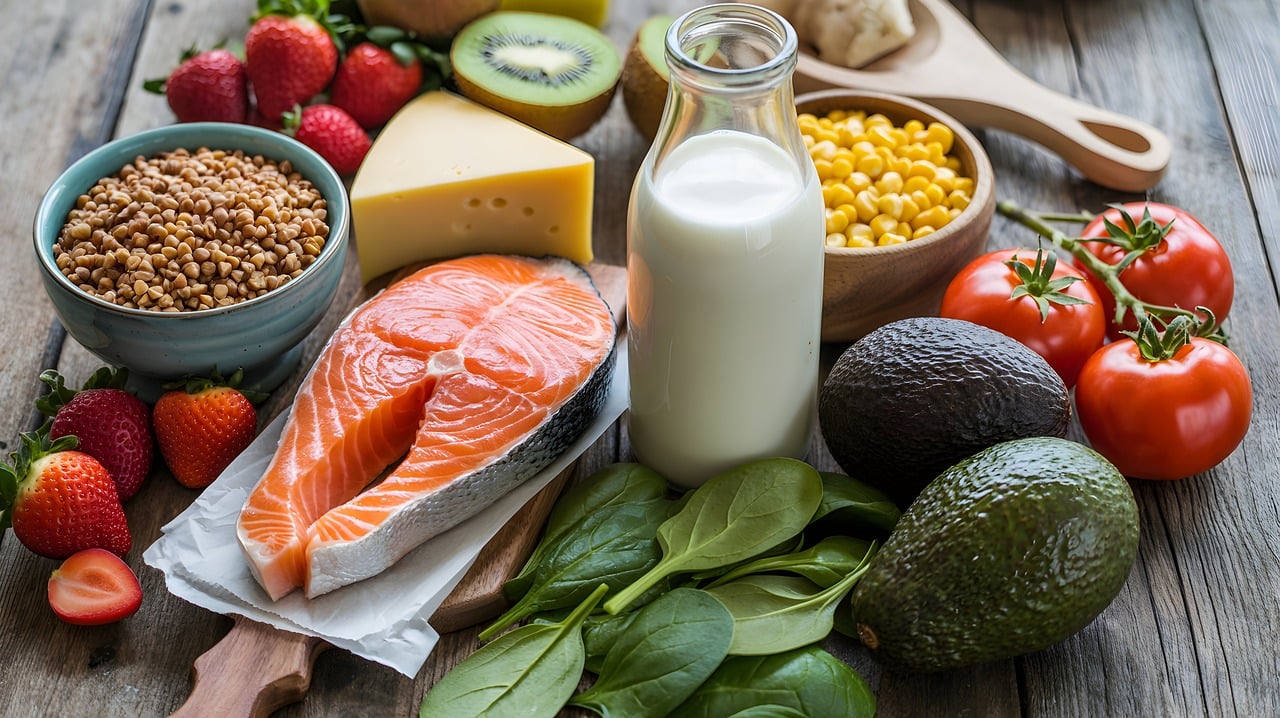Ever wonder which foods are worth the organic price tag? You’re not alone. With rising grocery costs and confusing labels, knowing where to invest in organic produce can save you money—and protect your health.
Enter the Dirty Dozen—a list of the most pesticide-contaminated fruits and vegetables, updated annually by the Environmental Working Group (EWG). If you’re going to buy organic, start with these 12.
In this guide, we’ll break down:
✔ What the Dirty Dozen is (and why it matters)
✔ The 2024 list of worst offenders
✔ Expert-backed tips to reduce pesticide exposure
✔ Affordable organic shopping hacks
What Is the Dirty Dozen?
The Dirty Dozen is an annual list of conventionally grown fruits and vegetables with the highest pesticide residues, based on USDA and FDA testing. Since organic produce is often more expensive, this list helps consumers prioritize which foods to buy organic for maximum health benefits.
Why Should You Care?
Pesticides have been linked to:
-
Hormone disruption
-
Neurological issues
-
Increased cancer risk
-
Developmental problems in children
A 2020 Harvard study found that people who ate high-pesticide-residue foods had lower fertility rates. Another study linked pesticide exposure to higher ADHD rates in kids.
While washing helps, some pesticides penetrate deep into the flesh—making organic the safer choice for these 12 foods.
The 2024 Dirty Dozen List
Here are the 12 most pesticide-heavy foods you should always buy organic, ranked from highest to lowest contamination:
1. Strawberries
🍓 Why? A single strawberry can contain 20+ different pesticides.
🚫 Risks: Linked to endocrine disruption and cancer.
2. Spinach
🥬 Why? 76% of samples had permethrin (a neurotoxic insecticide).
🚫 Risks: Can affect brain development in children.
3. Kale, Collard & Mustard Greens
🥦 Why? Up to 103 pesticides detected in some samples.
🚫 Risks: Possible carcinogens and hormone disruptors.
4. Grapes
🍇 Why? 96% tested positive for pesticide residues.
🚫 Risks: Linked to liver and kidney toxicity.
5. Peaches
🍑 Why? Thin skin absorbs pesticides easily.
🚫 Risks: Contains fungicides that may harm fertility.
6. Pears
🍐 Why? Over 50% had residues of neurotoxic pesticides.
🚫 Risks: Potential harm to the nervous system.
7. Nectarines
🍑 Why? 94% had detectable pesticide residues.
🚫 Risks: Some contain organophosphates, linked to ADHD.
8. Apples
🍎 Why? An old favorite, but 90% had pesticide residues.
🚫 Risks: Diphenylamine (a post-harvest chemical) is banned in Europe.
9. Bell & Hot Peppers
🌶️ Why? 115 pesticides found—highest diversity of any crop.
🚫 Risks: Some are neurotoxins and possible carcinogens.
10. Cherries
🍒 Why? 42% had bifenthrin, a possible carcinogen.
🚫 Risks: Linked to thyroid dysfunction.
11. Blueberries
🫐 Why? Over 50 different pesticides detected.
🚫 Risks: Some chemicals may affect brain development.
12. Green Beans
🫛 Why? Found to contain acephate, a banned pesticide.
🚫 Risks: Can overstimulate the nervous system.
How to Avoid Pesticides (Even If You Can’t Buy Organic)
Can’t always afford organic? Try these expert-backed tips:
1. Prioritize the Dirty Dozen
If you only buy one thing organic, make it strawberries or spinach—they’re consistently the worst offenders.
2. Use a Baking Soda Wash
A Harvard study found soaking produce in 1 tsp baking soda + water for 15 minutes removes most surface pesticides.
3. Peel When Possible
Removing skins from apples, pears, and cucumbers reduces pesticide exposure (but also some nutrients).
4. Buy Frozen Organic
Frozen organic produce is often cheaper than fresh and just as nutritious.
5. Grow Your Own
Herbs, greens, and strawberries are easy to grow at home, even in small spaces.
6. Check the Clean Fifteen
Not all produce needs to be organic. Avocados, sweet corn, and pineapples have low pesticide levels and are safe to buy conventional.
Final Thoughts: Is Organic Always Better?
While the Dirty Dozen highlights the riskiest produce, organic isn’t always necessary. If budget is tight, focus on the top 5 worst offenders and opt for frozen or locally grown alternatives when possible.
Key Takeaway:
✅ Always buy organic for Dirty Dozen foods (especially leafy greens & berries).
✅ Wash all produce thoroughly—even organic can have traces.
✅ Balance cost & safety by using the Clean Fifteen guide for low-risk foods.
By making strategic organic choices, you can slash pesticide exposure without breaking the bank.










